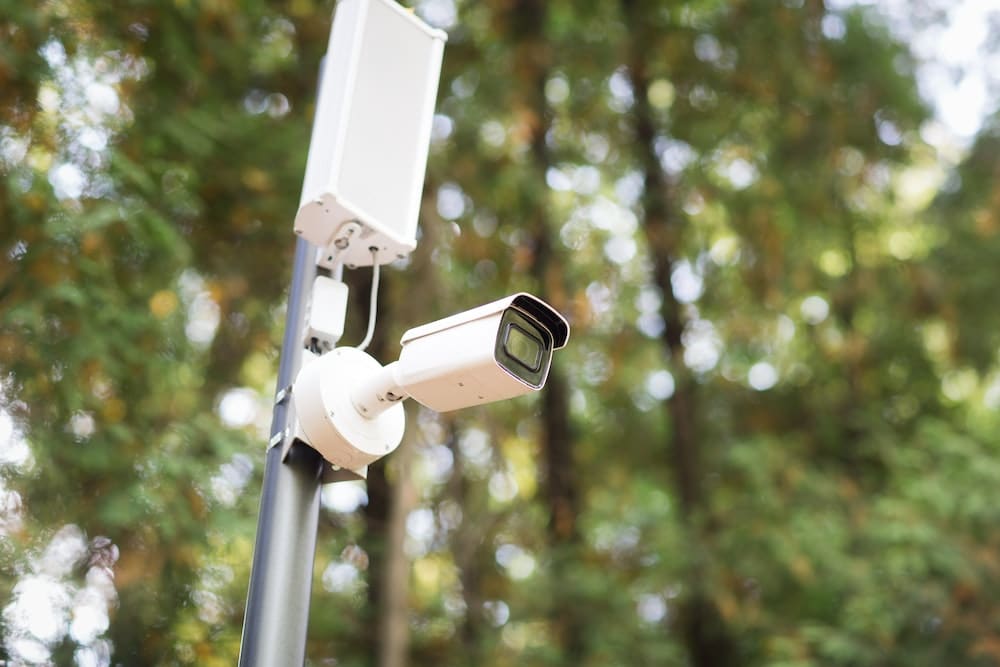Can Smart Clothing Technology Monitor Athletes’ Biometric Data?

In the intersection of technology and sports, smart clothing has emerged as a promising tool for athletes to monitor and improve their performance. This technology, which seamlessly integrates sensors into garments, allows individuals to track a wide range of biometric data – from heart rate to body temperature, and even muscle activity. But how precisely does wearable technology achieve this, and what implications does it have for the landscape of sports and health?
The Mechanics of Smart Clothing: How Does it Work?
Smart clothing, or e-textiles, are garments that have been integrated with advanced technology. In a nutshell, they function by embedding tiny sensors and other electronic components into clothing. This technology then tracks various metrics and relays this data to an external device, such as a smartphone app, for analysis.
A voir aussi : What Technologies Are Making Virtual Concerts a Reality?
These wearables can measure a wide range of data. For instance, they can monitor heart rate, body temperature, breathing rate, and muscle activity among other metrics. Beyond simple monitoring, these devices can provide insights into an athlete’s overall health and fitness level, allowing them to optimize their training and performance.
The Role of Sensors in Smart Clothing
Sensors are at the core of smart clothing technology. These tiny, unobtrusive devices are responsible for gathering biometric data from the wearer. The two most common types of sensors used in smart clothing are heart rate sensors and accelerometers.
Avez-vous vu cela : How Is AI Being Used to Enhance User Interface Design?
Heart rate sensors function by detecting the electrical signals produced by the heart. This data can then be used to calculate heart rate, providing insight into an athlete’s cardiovascular health and performance. Accelerometers, on the other hand, measure the rate of acceleration of the wearer’s body. This can be used to track movement and physical activity, providing data on an athlete’s speed, distance traveled, and more.
Other sensors that can be found in smart clothing include temperature sensors, which monitor body temperature, and electromyography sensors, which measure muscle activity. By integrating these different types of sensors, smart clothing can provide a comprehensive overview of an athlete’s physiological condition.
The Significance of Data Analysis in Smart Clothing
The true power of smart clothing lies not in the raw data it collects, but in the insights that can be gleaned from this data. Through sophisticated algorithms and data analysis techniques, this raw data is converted into meaningful, actionable information.
This is where the role of apps and software comes into play. After the data is collected by the sensors, it is typically transferred to an app or software program for analysis. These programs can present the data in easy-to-understand formats, such as graphs and charts, and can even provide personalized recommendations based on the data.
The potential applications of this data are vast. For athletes, it can provide valuable feedback on their performance, helping them identify areas for improvement and optimize their training routines. For health-conscious individuals, it can provide insight into their overall health and fitness, and guide them in making healthier lifestyle choices.
The Impact of Smart Clothing on Sports Performance
When it comes to the realm of sports, smart clothing technology has the potential to revolutionize the way athletes train and compete. By providing real-time, accurate biometric data, it allows athletes to take a more scientific approach to their training.
In addition to providing feedback on performance, smart clothing can also help prevent injuries. For example, by monitoring an athlete’s heart rate and body temperature, it can help them avoid overexerting themselves and reduce the risk of heatstroke or cardiac events. Similarly, by tracking muscle activity, it can help athletes identify imbalances and avoid strains and other injuries.
The benefits of smart clothing extend beyond the individual athlete. For coaches and trainers, this technology can provide valuable insights into an athlete’s performance and health, allowing them to tailor training programs more effectively. For sports scientists and researchers, it can provide a wealth of data for studying the human body and athletic performance.
In short, smart clothing is not just a trend or a gimmick. It represents a new frontier in sports and health, offering a wealth of possibilities for athletes, fitness enthusiasts, and health-conscious individuals. As technology continues to advance, the potential applications of smart clothing will only continue to grow, shaping the future of sports and health for years to come.
Smart Clothing’s Technological Evolution: From Google Scholar to Goldilocks Suit
In the world of wearable smart clothing technology, a significant development was the creation of Google’s "Project Jacquard". This project aimed at integrating technology and clothing in a seamless fashion, without affecting the comfort, feel, or aesthetics of the garment. The end result was a touch-sensitive fabric, enabling users to control their devices through simple gestures on their clothing.
Since then, there has been a steady stream of innovation in this field. One standout is the "Goldilocks Suit," a smart garment designed to monitor vital signs such as heart rate, blood pressure, and breathing rate in real time. The suit’s name derives from its ability to ensure conditions for the wearer are ‘just right’, similar to the "Goldilocks Zone” concept in astronomy.
The Goldilocks Suit integrates biometric sensors into the fabric, which can continuously monitor the wearer’s health and transmit this data for analysis. For athletes, this means they can get live feedback on their performance and make necessary adjustments on the go. The suit also offers potential for injury prevention by recognizing signs of overexertion or strain.
Smart patches represent another significant development in this area. These adhesive patches can measure an extensive range of biometric data, including temperature, heart rate, and muscle activity. They have the advantage of being easily applied and removed, offering a more flexible alternative to fully integrated smart clothes.
Future Perspectives of Smart Clothing Technology
The future of smart clothing appears bright, with new possibilities continually emerging. Innovations in sensor technology and data analysis algorithms are expected to make these garments even more precise and helpful to users.
One potential area of growth is the development of smart clothing for disease monitoring and management. For instance, diabetic patients could benefit from smart clothes that monitor their blood glucose levels in real time. This would enable better disease management and potentially improve patients’ quality of life.
Similarly, the potential for injury prevention could be further explored. Smart clothing could be designed to detect early signs of strain or overexertion, allowing athletes to adjust their activities and avoid injuries. This could be particularly relevant in professional sports, where injuries can have significant career implications.
Furthermore, the integration of AI and machine learning into data analysis could provide users with even more personalized insights. Predictive modeling could be used to foresee potential health issues or to suggest optimal training routines based on the individual’s biometric data. This would represent a significant leap forward in terms of personalization and preventive healthcare.
Conclusion
Smart clothing technology has proven its potential in monitoring athletes’ biometric data, providing valuable insights that can enhance performance and prevent injuries. From the Google Scholar-led Project Jacquard to the Goldilocks Suit, the journey of smart clothing has been marked by significant technological milestones.
As wearable technology continues to evolve, smart clothing is poised to play an increasingly important role in various spheres of life, from sports performance to health management. With advancements in sensor technology, data analysis, and AI, the potential uses for these garments are virtually limitless.
In essence, smart clothing opens a window into our inner workings, providing a level of insight that was previously unimaginable. It represents the perfect union of technology and fashion, a merger that holds great promise for the advancement of sports and healthcare. As we look to the future, it’s clear that smart clothing will continue to shape the way we understand and interact with our bodies.
